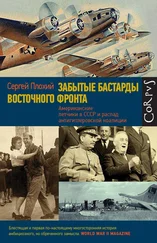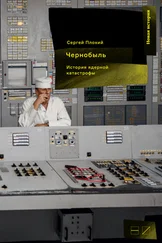Robinson’s first thought was that someone had detonated a nuclear bomb: the shoe emanated radioactive elements that they did not normally detect at the plant. He reported the findings to his boss, and from there they were passed on to the Swedish Radiation Safety Authority in Stockholm. The authorities in the capital thought the problem was probably in the power plant itself, and the Forsmark workers were promptly evacuated. Radioactive testing of the plant began, but turned up nothing, and after a few hours it was clear that the plant was not the cause of the contamination. The bomb hypothesis was ruled out as well—the radioactive elements did not fit a bomb profile. With radioactivity levels also high at other nuclear power stations, it was apparent that the radioactive particles were coming from abroad.
The calculations and wind direction pointed southeast to one of the world’s two nuclear superpowers, the Union of Soviet Socialist Republics. Could something terrible have happened there? But the Soviets were silent. The Swedish Radiation Safety Authority contacted Soviet officials, who denied that anything taking place on their territory might have caused nuclear contamination. But safety services in the Scandinavian countries continued to register abnormally high levels of radiation: in Sweden, the level of gamma radiation was 30 to 40 percent higher than normal; in Norway it had doubled; and in Finland it was six times the norm.
Two radioactive gases, xenon and krypton, byproducts of the nuclear fusion of uranium, were moving across Scandinavia, a region covering not only Finland, Sweden, and Norway, but also Denmark. Tests indicated that the source of the radioactive pollution, wherever it might be, was continuing to emit dangerous substances. The Swedes repeatedly called three Soviet agencies in charge of nuclear power management and generation, but they denied knowledge of any accident or explosion. The Swedish minister for the environment, Birgitta Dahl, declared that the country responsible for the spread of radioactivity was violating international agreements by withholding vital information from the world community. There was no response. Swedish diplomats reached out to their former foreign minister, Hans Blix, now in Vienna heading the International Atomic Energy Agency. The agency was also in the dark.
It was not clear what to expect. Although radiation levels were high, they did not yet pose a direct threat to human life and vegetation. But what if the contamination continued or even increased? And what had happened there, behind the Iron Curtain along the Soviet border? Was it the start of a new world war or a nuclear accident of enormous proportions? One way or another, the world would be involved. It was involved already. But the Soviets remained silent. 1

I
WORMWOOD
1
Congress
It was a big day—many in Moscow and throughout the Soviet Union believed that it signaled the dawn of a new era. On the cold winter morning of February 25, 1986—the temperature during the previous night had fallen to minus two degrees Fahrenheit—close to 5,000 warmly dressed men and women, including senior Communist Party and state officials, military officers, scientists, directors of the large state companies, and representatives of workers and collective farmers (the “toiling masses”), descended on Red Square in downtown Moscow, which was decorated with a huge portrait of Vladimir Lenin. They were delegates to the Communist Party Congress, the twenty-seventh since the founding of the party by a handful of idealistic social democrats in the late nineteenth century. Their mission was to chart a new course for the country for the next five years. 1
Once they reached the Kremlin, the crowds moved toward the Palace of Congresses, a modern glass-and-concrete building decorated with white marble plates. It had been erected in 1961 on the site of buildings belonging to the sixteenth-century tsar Boris Godunov. The Soviet premier at the time, Nikita Khrushchev, wanted to rival the Great Hall of the People that Mao Zedong had opened in Beijing in 1959. The Chinese palace could seat 10,000 people. The envious Soviets increased the seating capacity of their palace from 4,000 to 6,000 by putting almost half the building underground, where most of the seats of the meeting hall are located—only the balcony seats with boxes are above ground level. When it came to party congresses, which convened every five years, the Soviet leaders imposed a limit of 5,000 participants no matter how large the membership of the Communist Party became—and it was growing quickly—since filling the hall to capacity would have meant sacrificing the comfort of those in attendance. There was no venue in the Soviet Union, short of sports arenas, that could have seated more. 2
Khrushchev inaugurated the new Palace of Congresses in October 1961, in time for the Twenty-second Party Congress. The congress decided to remove the corpse of Joseph Stalin from the mausoleum it then shared with that of Lenin, and it adopted a new program for building a communist society, with its foundations to be in place by the early 1980s. Now, in 1986, the delegates to the Twenty-seventh Congress had to take stock of what had been accomplished. The record was dismal, to say the least. As the population had increased, the economy had slowed, and the possibility of a complete breakdown was becoming ever more likely. The growth of national income, which Soviet economists had estimated at 10 percent in the 1950s, had fallen to barely 4 percent in 1985. The Central Intelligence Agency in the United States had made even grimmer estimates, putting the growth rate at 2 to 3 percent, and later reducing even that estimate to approximately 1 percent. 3
With its goals for communism nowhere in sight, the economy in a tailspin, the Chinese launching their economic reforms by introducing market mechanisms, and the Americans rushing ahead not only in economic development but also in the arms race, under the leadership of the unfailingly optimistic Ronald Reagan, the Soviet leadership had lost its way. The people, ever more disillusioned with the communist experiment, had become despondent. And yet, with the communist religion in crisis, it suddenly appeared to have found a new messiah in a relatively young, energetic, and charismatic leader: Mikhail Gorbachev.
This was to be the fifty-four-year-old Gorbachev’s first congress as general secretary of the party, and he was well aware that the eyes of the party leadership, of Soviet citizens—and indeed, of the entire world—were on him. The previous three years had become known as the era of Kremlin funerals. Leonid Brezhnev, who had ruled the Soviet Union since 1964, died a sick man in November 1982; the former head of the KGB, Yurii Andropov, who had inherited his position, spent half his brief tenure in a hospital bed and died in February 1984; his sickly successor, Konstantin Chernenko, followed suit in March 1985. It looked as if the leaders were about to take the country to the grave with them. Economic difficulties aside, they kept sending young boys to Afghanistan, where the Soviet Army had been bogged down since 1979, and preparing for nuclear confrontation with the West. KGB stations abroad were instructed to drop everything and look for signs of imminent nuclear attack.
Now hopes ran high, in both party and society, that Gorbachev, who was full of ideas, would be able to reverse the deadly trend. Hopes of rapprochement were rising in the West as well. In the United States, Reagan, tired of Soviet leaders dying on him, was looking for someone with whom he could do business. His close ally Prime Minister Margaret Thatcher of Great Britain told him that Gorbachev was such a man. Reagan’s first meeting with Gorbachev, in Geneva in December 1985, was not without tension, but it opened the door to more productive subsequent dialogue, which was conducted not only by personal meetings and diplomatic channels but also by public pronouncements. In January 1986, Gorbachev surprised Reagan by putting forward a Soviet program for nuclear disarmament. It was expected that he would further challenge the American president on disarmament in his forthcoming speech to the party congress. 4
Читать дальше
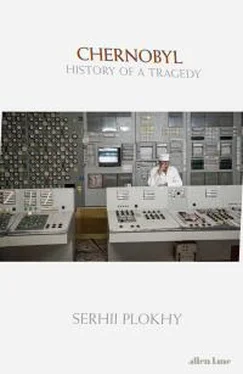


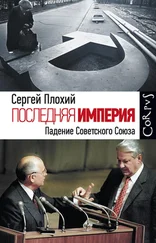
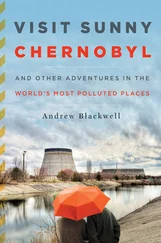
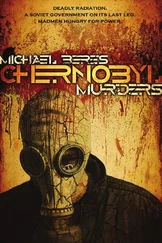
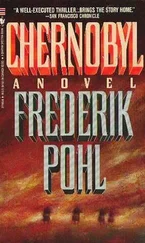
![Сергей Плохий - Чернобыль - История ядерной катастрофы [litres]](/books/385171/sergej-plohij-chernobyl-istoriya-yadernoj-katastrof-thumb.webp)
![Сергей Плохий - Человек, стрелявший ядом [История одного шпиона времен холодной войны]](/books/405163/sergej-plohij-chelovek-strelyavshij-yadom-istoriya-od-thumb.webp)

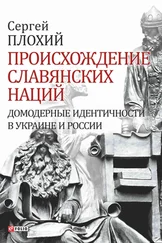
![Сергей Плохий - Потерянное царство. Поход за имперским идеалом и сотворение русской нации [c 1470 года до наших дней]](/books/433093/sergej-plohij-poteryannoe-carstvo-pohod-za-impersk-thumb.webp)
